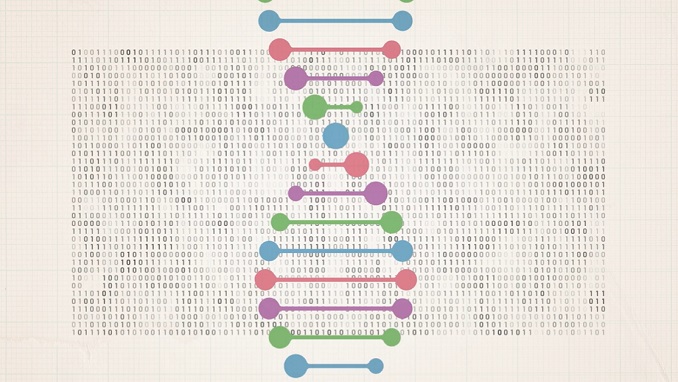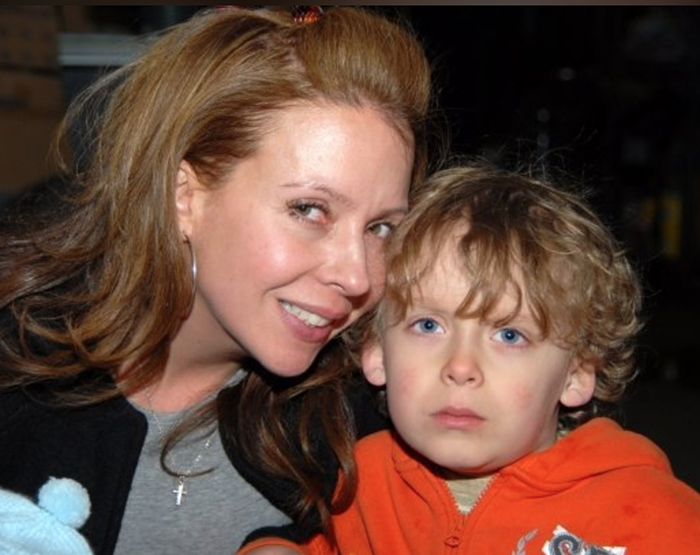The amount of data we produce every day adds up to 2.5 quintillion bytes, and it is growing exponentially, so that we will soon create more data than we can store. This pending data storage crisis could be solved by DNA.
Data storage currently requires huge amounts of land and energy, and we’re running out of both. BIO President and CEO Michelle McMurry-Heath explores the topic with a small group of researchers who are working to revolutionize the way we store data, in the latest episode of the I am BIO Podcast, the first in the new season.
The researchers discuss their solution for the massive amounts of data we produce every day: synthetic DNA. As Dr. Michelle points out, that development involves the “intersection of two disruptive technologies: synthetic biology and computer science, working together to address a growing global problem.”
According to Emily Leproust, CEO of BIO member Twist Bioscience, the idea of DNA data storage came from Nobel laureate Richard Feynman in 1959, “before you could even write DNA. So definitely the idea has been around for a long time.”
DNA: Nature’s hard drive of choice
Nature is far better at data storage than anything humans have invented. A computer chip. can hold a lot of information in a tiny space, but DNA fits the coding for an entire human being into a molecule.
“DNA is roughly a hundred thousand times more dense than the current media being used to store data,” explains Kyle Tomek, CEO of DNAli Data Technologies, a startup focused on DNA-based solutions for archival data storage.
As Tomek points out in the podcast, with current technologies, by 2060 we would need to cover the entire Earth with data centers to store the amount of data we’re estimated to produce between now and then.
By 2025, these data centers are estimated “to consume more than 20% of our global energy production,” adds Jeff Nivala, a research assistant professor at the University of Washington in the Paul G. Allen School of Computer Science and Engineering.
Tomek’s company uses synthetic DNA to develop incredibly efficient storage for data—from databases and emails to our growing number of cat pictures, the podcast explains.
Researchers are already storing digital files in synthetic, non-living DNA as an alternative to cloud storage which will soon be unable to hold the reams of data we produce daily. As they explained in the podcast, synthetic DNA could be physically stored in powder or glass, without electricity, and it would not contain the biological coding of life—meaning it couldn’t reproduce.
DNA could store the data from hundreds of Google Data Centers in a container the size of a sugar cube, according to Twist’s Leproust.
Companies collaborate on standards
As specialists in writing DNA, Twist works in medicine but also is developing data storage. The company is ready to launch its first such product, an archive. The next challenge is to create standards so that all players in this new field are speaking the same language.
In October 2020, Twist helped start the DNA Storage Alliance, whose mission is to create and promote an interoperable storage ecosystem based on DNA as a data storage medium.”
Back in April, as per Bloomberg, the Alliance included “11 public companies, 14 private companies, 2 consultancies, 2 venture capital firms, 17 universities, 5 research non-profits and 1 foundation” working on the next challenge: how to frequently access the data.
At the time, the Alliance announced it will consider “the creation of specifications and standards (e.g., encoding, physical interfaces, retention, file systems) to promote the emergence of interoperable DNA data storage-based solutions that complement existing storage hierarchies.”
“Because DNA is the basis of all life, the technology to read and analyze DNA will never become obsolete,” says Dr. Michelle.
She added that though DNA storage “might not be ready to replace the ever-convenient thumb drive,” we’re certainly a lot closer to making it a reality.




